
Network Upgrade Planning for Companies – Part 2
 As mentioned in Part 1, a good network upgrade plan will make an analysis determining each aspect of SWOT: Strengths, Weaknesses, Opportunities, and Threats, helping project managers create a clear plan consisting of five phases. Part 1 discussed the first two, Gathering of Requirements and Selection & Design. Part 2 will cover the last three, Implementation, Operation, and Review & Evaluation.
As mentioned in Part 1, a good network upgrade plan will make an analysis determining each aspect of SWOT: Strengths, Weaknesses, Opportunities, and Threats, helping project managers create a clear plan consisting of five phases. Part 1 discussed the first two, Gathering of Requirements and Selection & Design. Part 2 will cover the last three, Implementation, Operation, and Review & Evaluation.
3) Implementation
Proper execution of the first two phases, will allow Implementation to be performed without major issues. However, every neglected task in the first two phases will certainly have to be addressed during Implementation. A sound schedule will provide time for unanticipated problems which will minimize disruptions of the customer’s business. Maintaining communication between project designers and the client throughout installation is crucial for making a project successful.
4) Operation
After the completion of the network implementation phase, the network transitions into a production environment. The network is live and executes the tasks it’s been programmed to perform. The proper completion of all tasks before this phase will minimize unexpected incidents during the network’s operation phase.
5) Review & Evaluation
Once operational, the network’s design and implementation must be studied and assessed in terms of the design’s objectives. Typically, these tasks are performed by design team staff with the help of network members. There will be an evaluation of costs, performance, and environmental fit.
The items below are recommended for this process:
- Make a comparison between user experience and the documented goals, then make an assessment of the design’s performance.
- Make a comparison between planned designs and costs and actual results of deployment, ensuring future projects will learn from these lessons.
- Observe the operation and document all revisions, making sure the system is accountable.
Each phase should practice sound planning and conduct reviews for optimal functioning and successful installation. For ideal results, on-site technicians should participate in all phases of a network upgrade. They will have a better grasp of the project’s goals, and they will able to provide users better service.
Union Network Cabling
When union work requires a unionized cabling group, call on Union Network Cabling for your commercial Cat5e/6/6a and fiber cabling projects. Specializing in cabling for data, voice, security and even the latest WiFi and LiFi solutions. Phone: (202) 462-4290


 Planning the
Planning the 
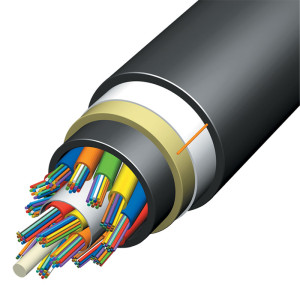 After their Milan working group meeting in 2015 regarding
After their Milan working group meeting in 2015 regarding 
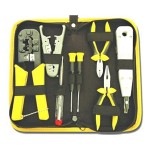 Cabling
Cabling 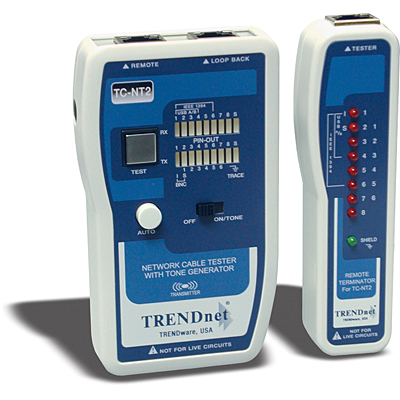
 Testing always plays a vital role in the process of installing new
Testing always plays a vital role in the process of installing new 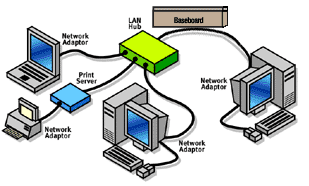
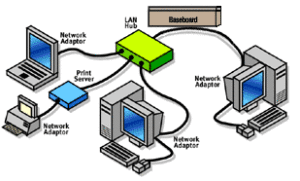 Be sure to purchase the correct components before you install a wired
Be sure to purchase the correct components before you install a wired 
 The
The 
 Your office
Your office 
 Information Technology specialists have to choose the kind of
Information Technology specialists have to choose the kind of 
 A business decision is approaching. Most companies have
A business decision is approaching. Most companies have